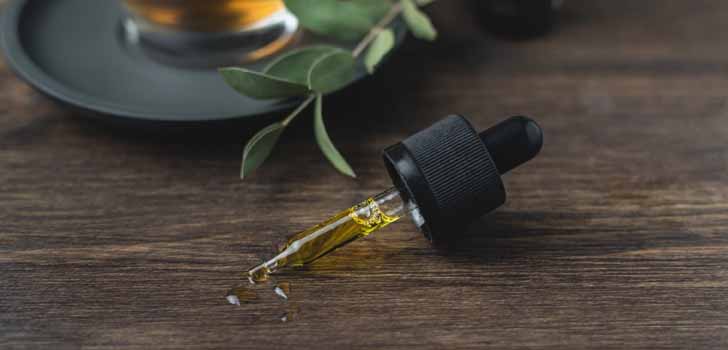An increasing portion of older adults are turning to cannabidiol (CBD) as an alternative to conventional medicine.
North Carolina-based Stirling CBD says Baby Boomers’ CBD use increased by 212 percent in 2021.
Stirling produces natural and potent CBD products from organic hemp.
According to Sterling’s data, Baby Boomers (1946-1964) and Gen Xers (1965-1979) account for half of the people using CBD products.
Stirling says people in their late 40s and older use CBD to treat joint pain, insomnia, nervous system illnesses, and other common ailments.
Among CBD’s claimed health benefits are improved coordination, circulation, and brain function and periodic pain relief.
“The increased use of CBD products among the older generations, more specifically those born in the 1960s and 1970ws, shows the reach and comfortability this generation has with CBD products,” says Stirling CEO Joe Kryszak in a press release. “While this generation experienced cannabis decades ago, they are now using CBD products to alleviate ailments and live a longer and potentially pain-free life.”
Stirling says that people may develop different diseases or conditions as they age, and some use CBD as a natural alternative to over-the-counter medications.
According to Stirling, products like CBD lotion and Delta-9 and Delta-9 gummies can help alleviate many pain.
Stirling says that, in 2022, 33 percent of American adults have used CBD, 64 percent are familiar with CBD, and an estimated 64 million have tried CBD in the last two years.
According to Stirling, 22 percent of CBD users say the cannabinoid helped them supplement or replace prescription or over-the-counter medications.
Kryszak says people from the Baby Boomer and Gen X generations may have had bad experiences from cannabis but not know the difference between cannabis and hemp.
“Both hemp and marijuana are varieties of plants in the genus cannabis,” says Stirling. “The cannabis species that produces marijuana contains two naturally-occurring cannabinoid compounds, cannabidiol (CBD) and tetrahydrocannabinol (THC). THC has psychoactive effects, but CBD does not.”
While hemp contains very small amounts of THC, it is rich in CBD and is useful for manufacturing clothing, building materials, paper, biofuels, oils, and food products.

